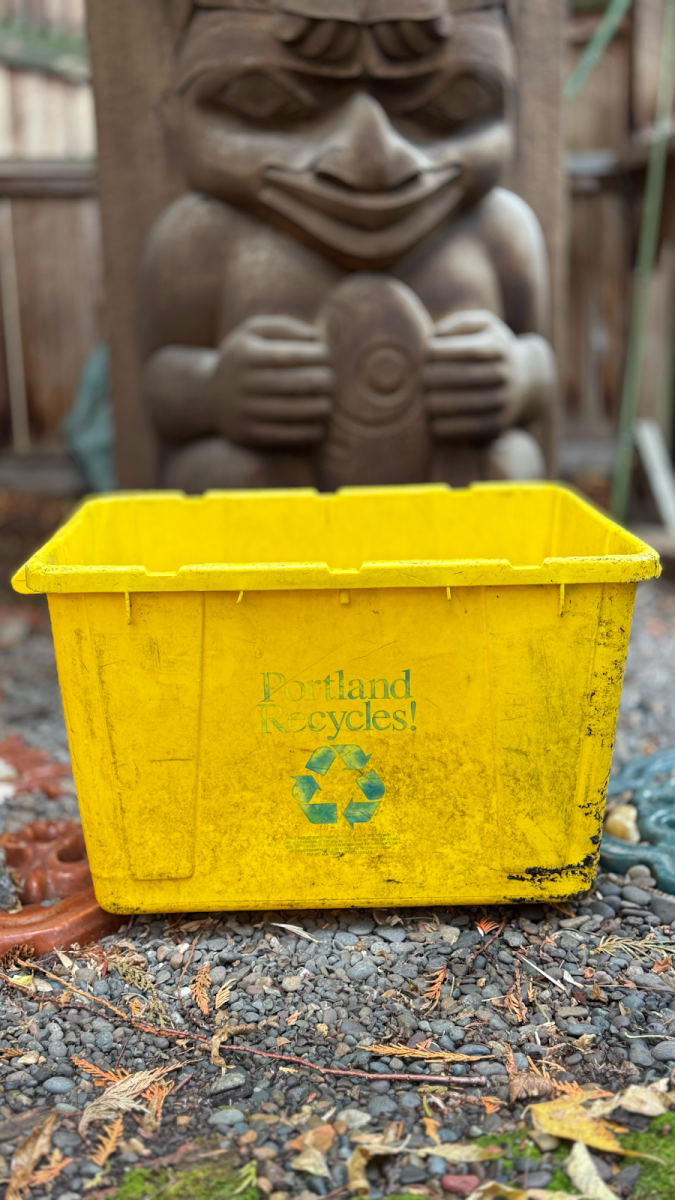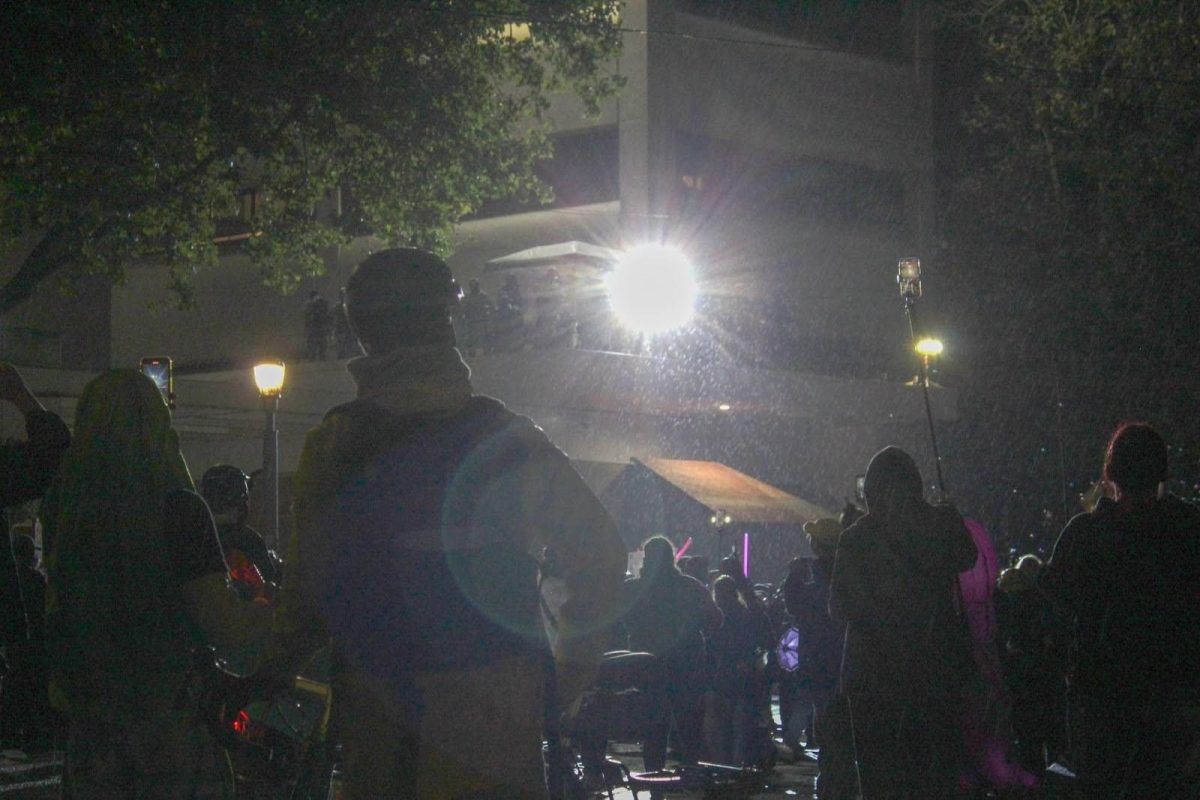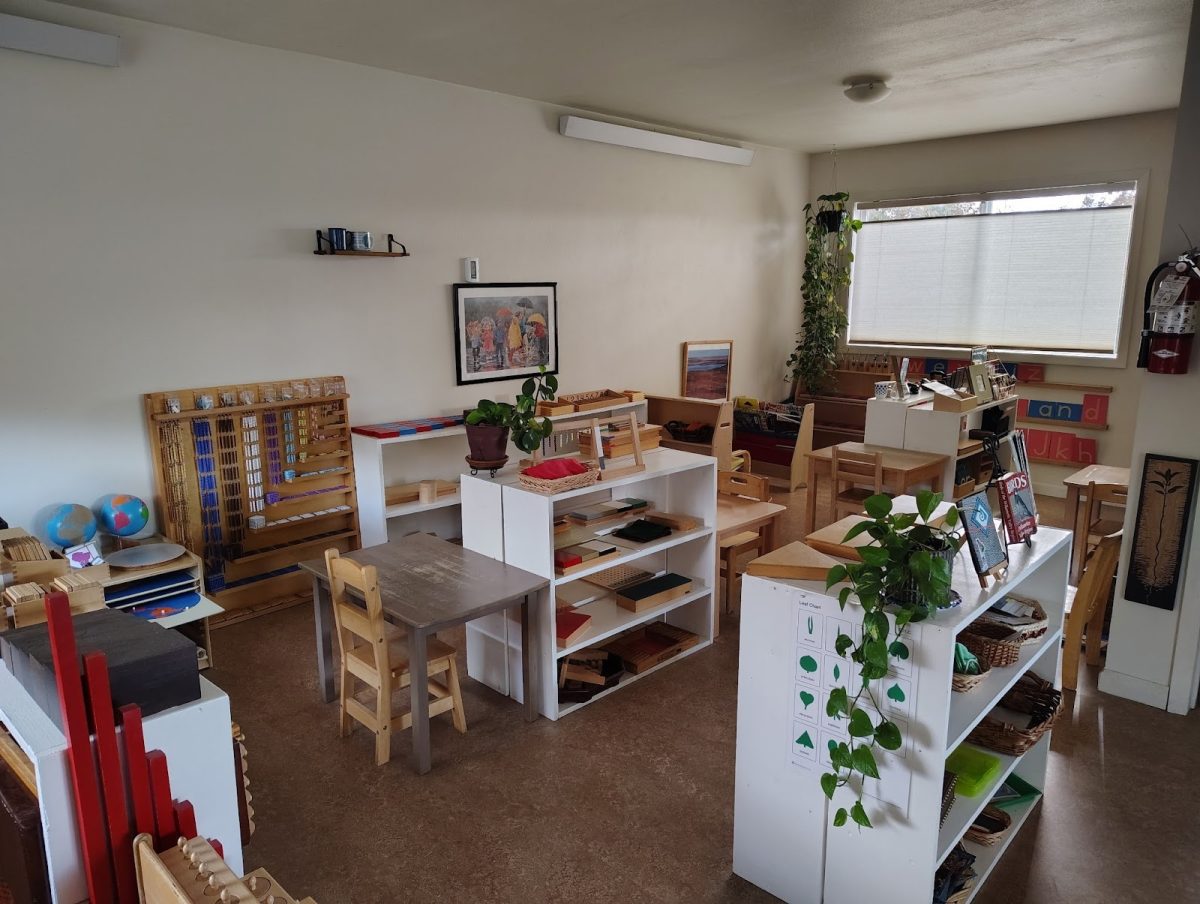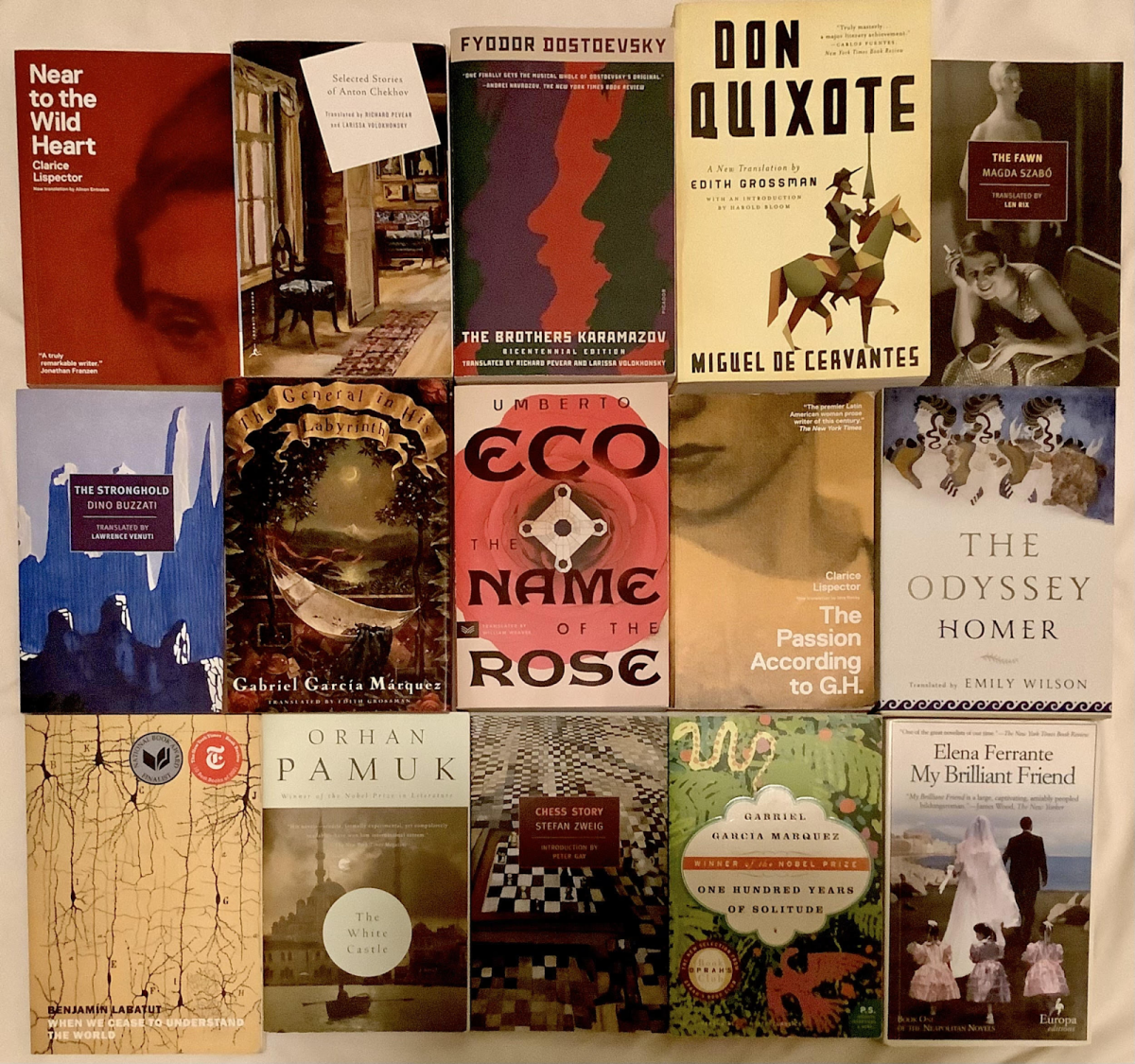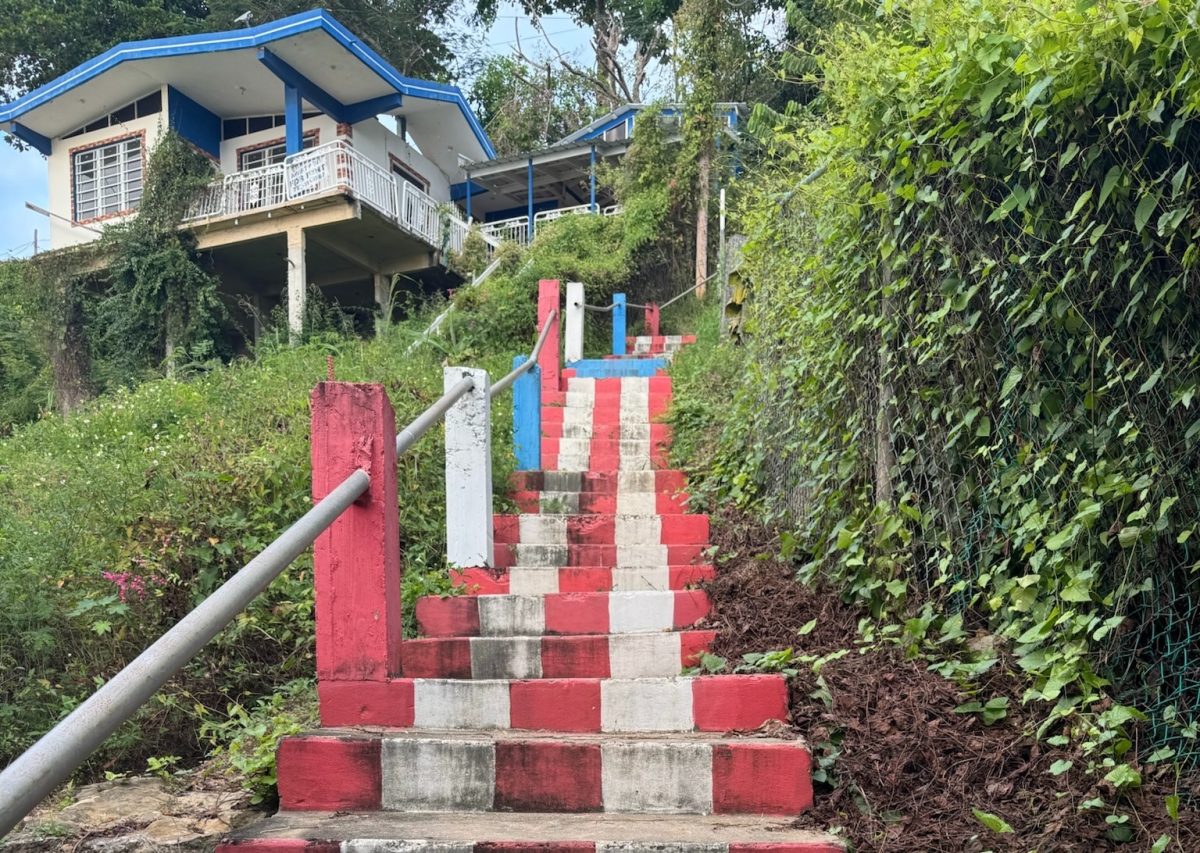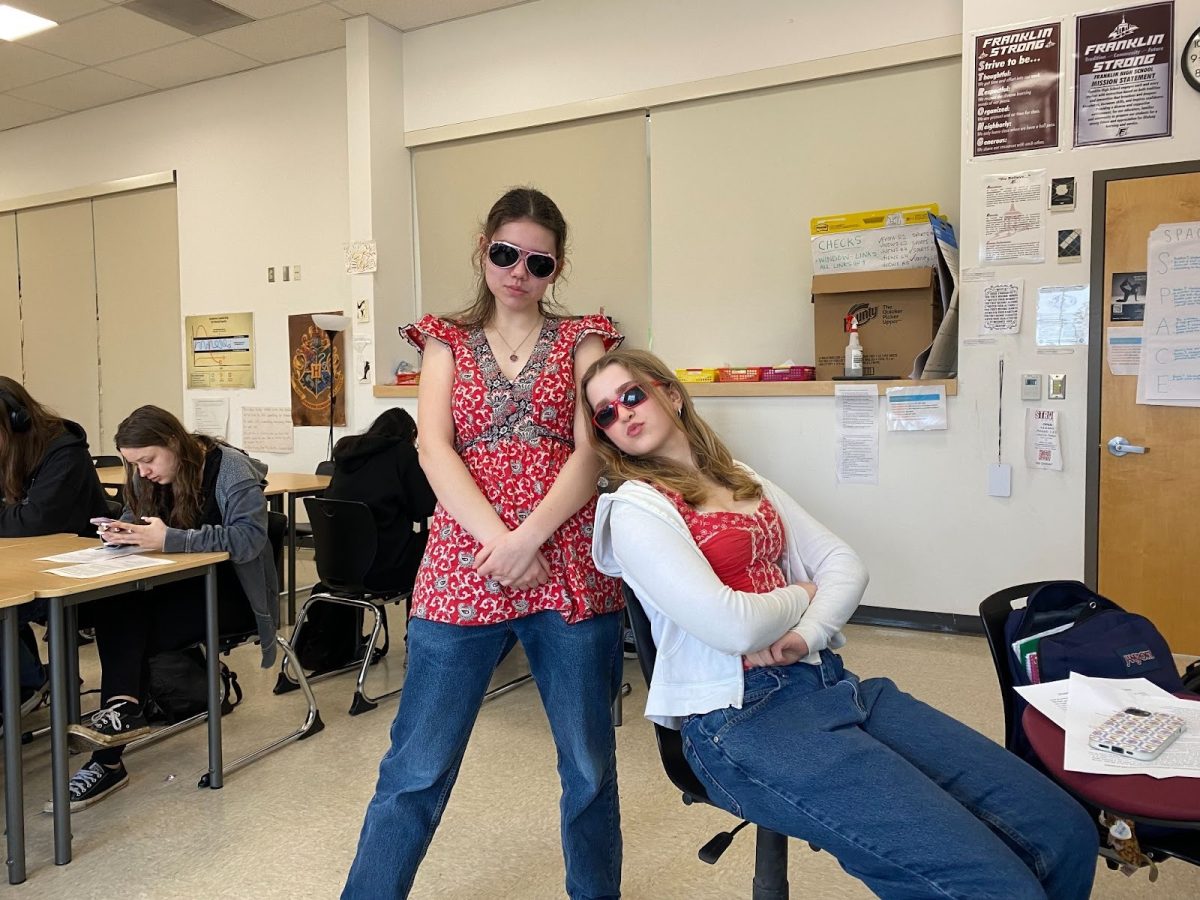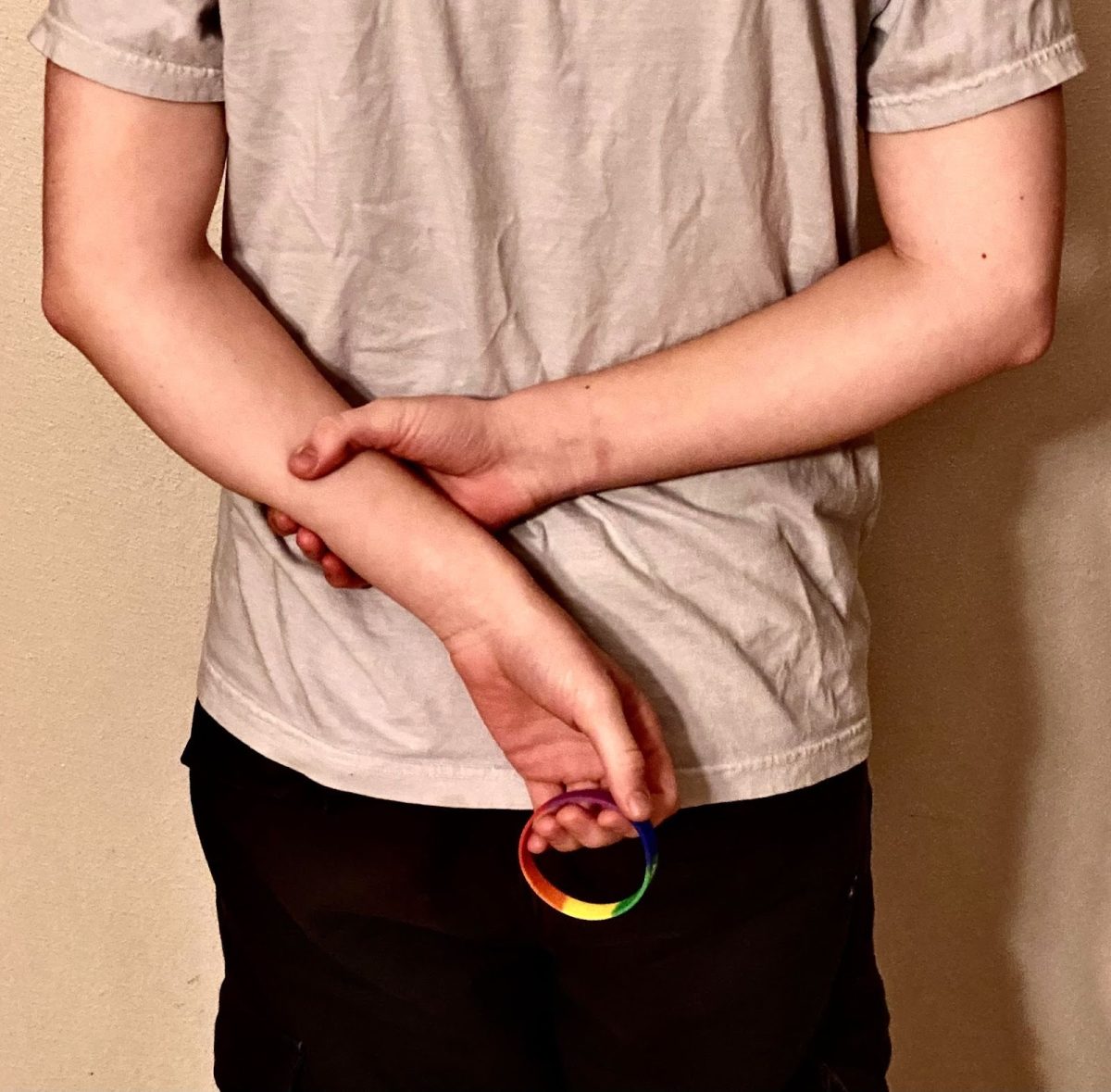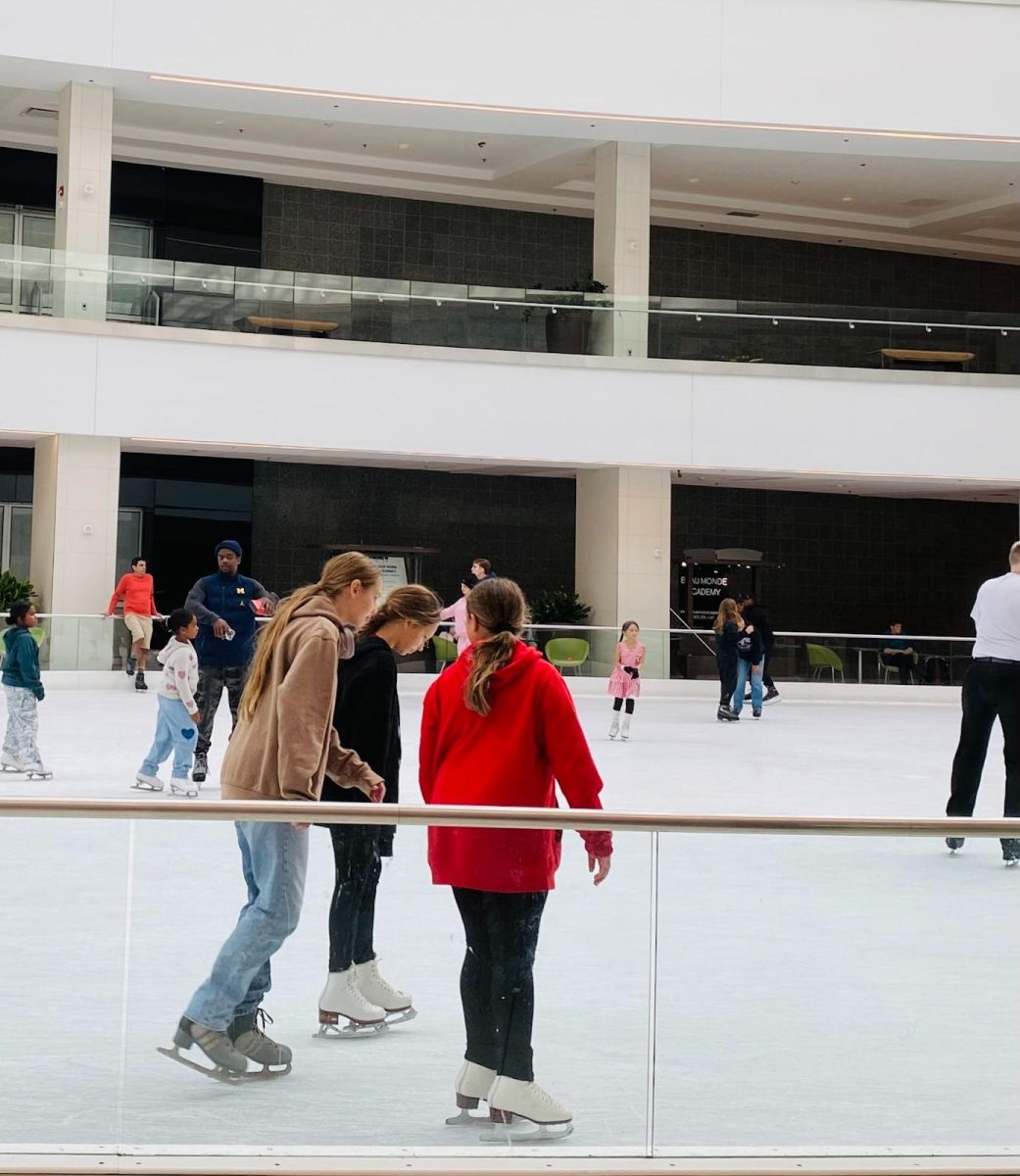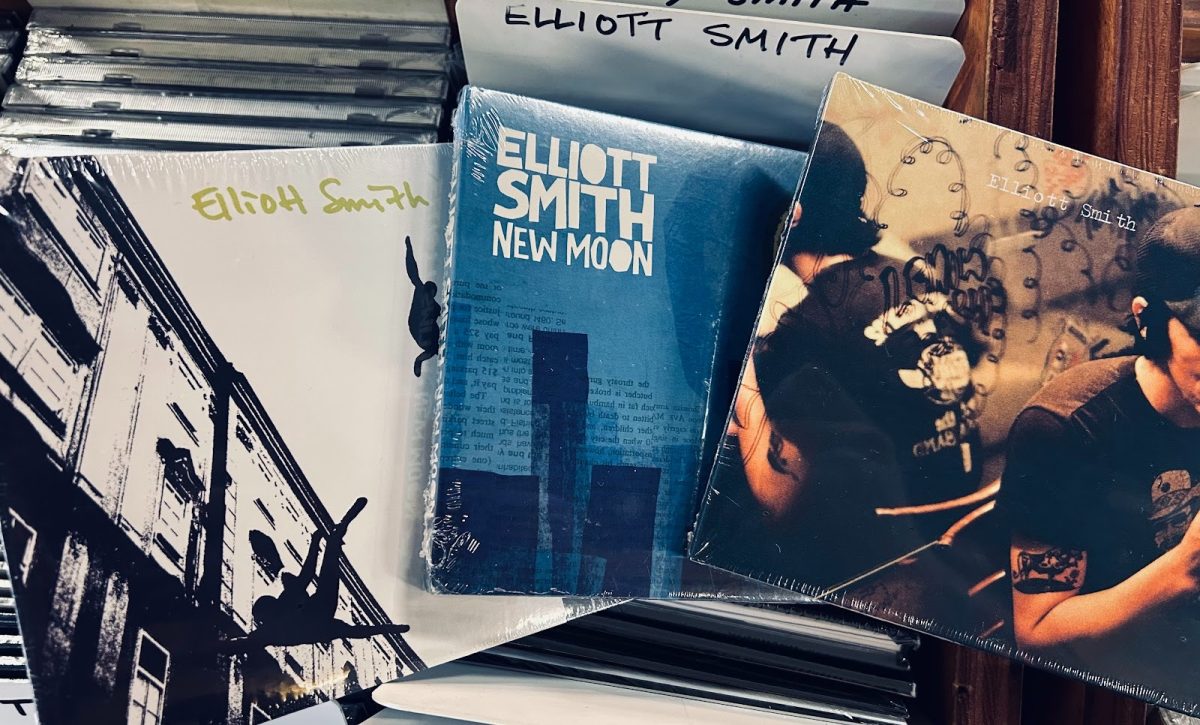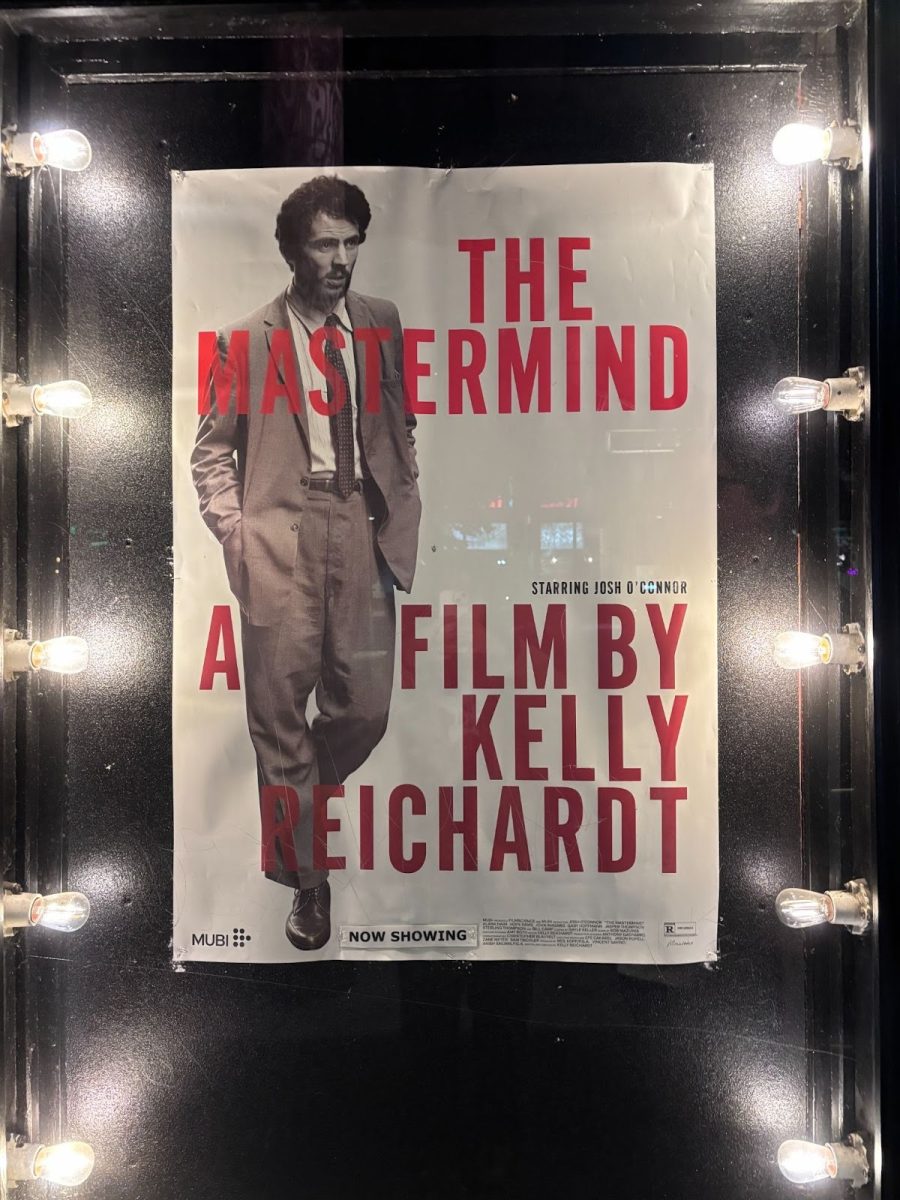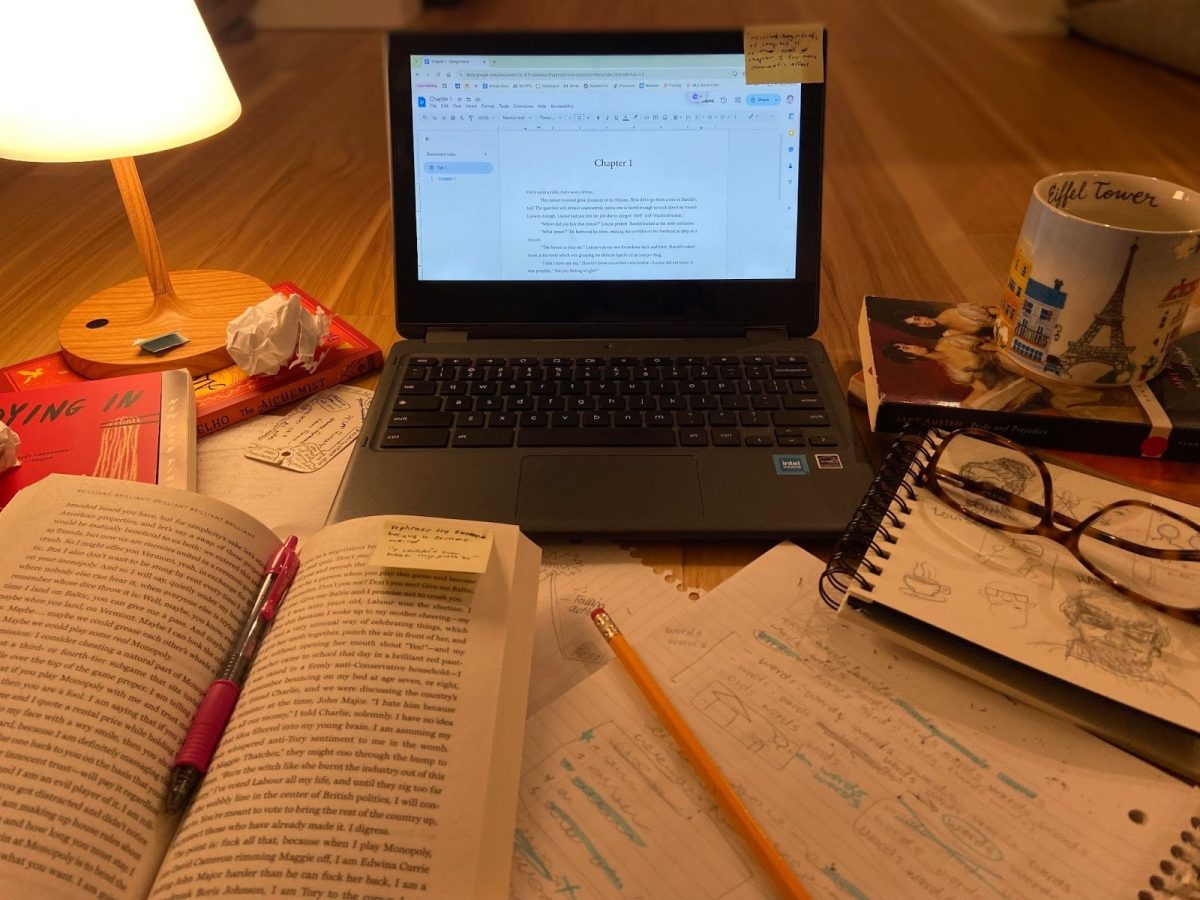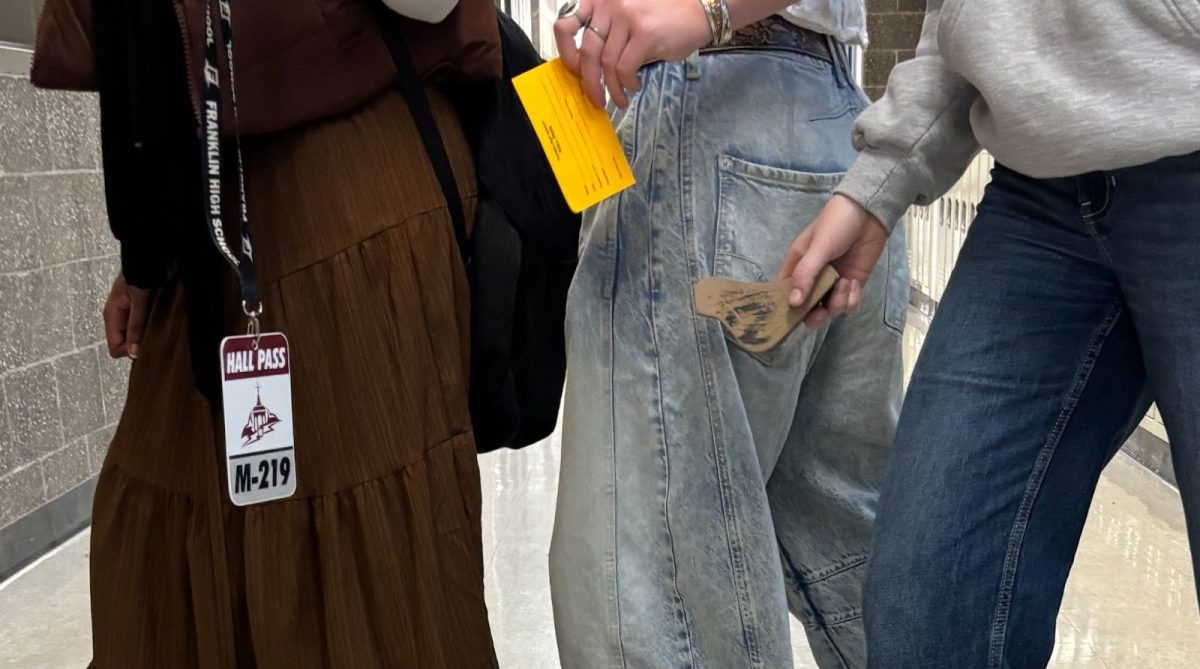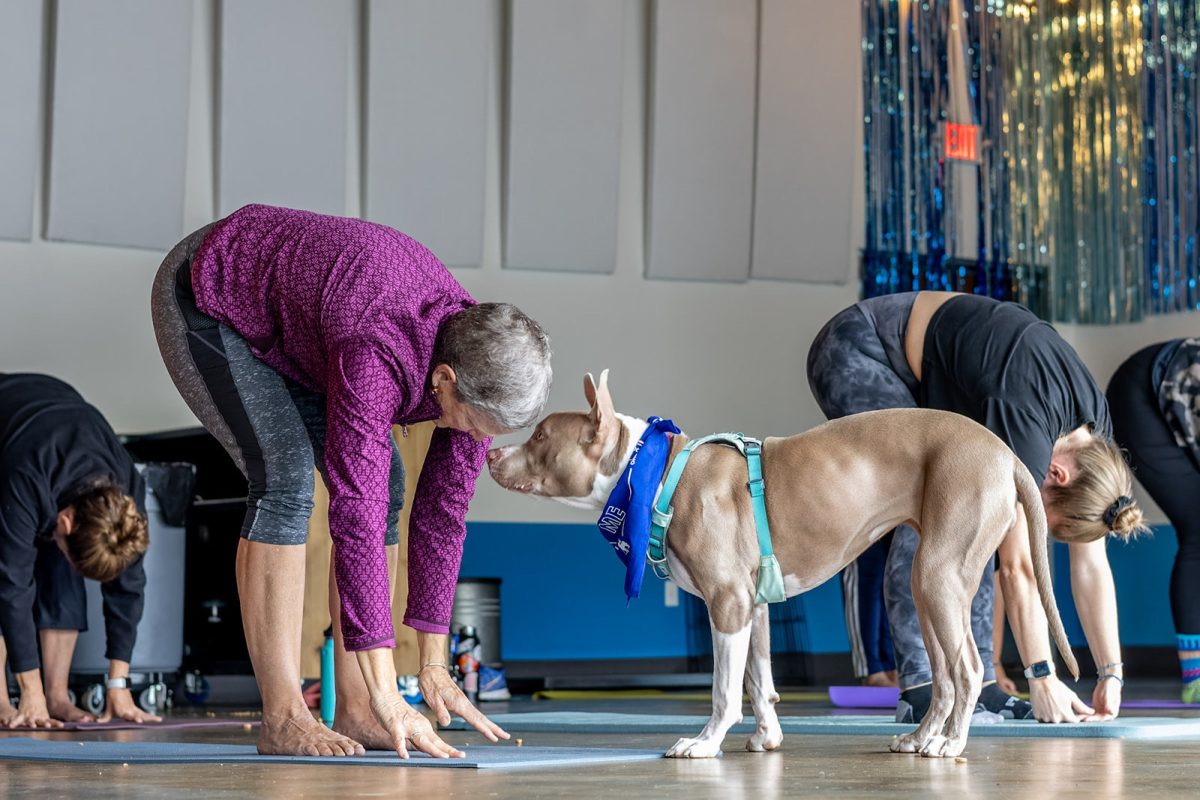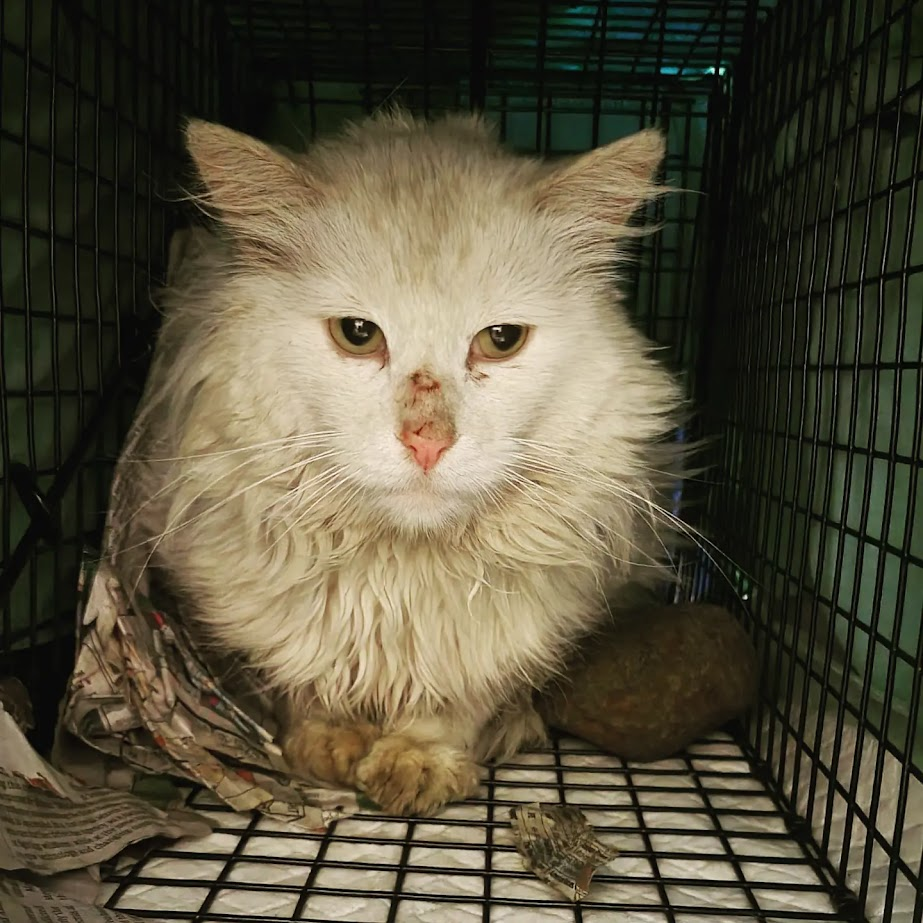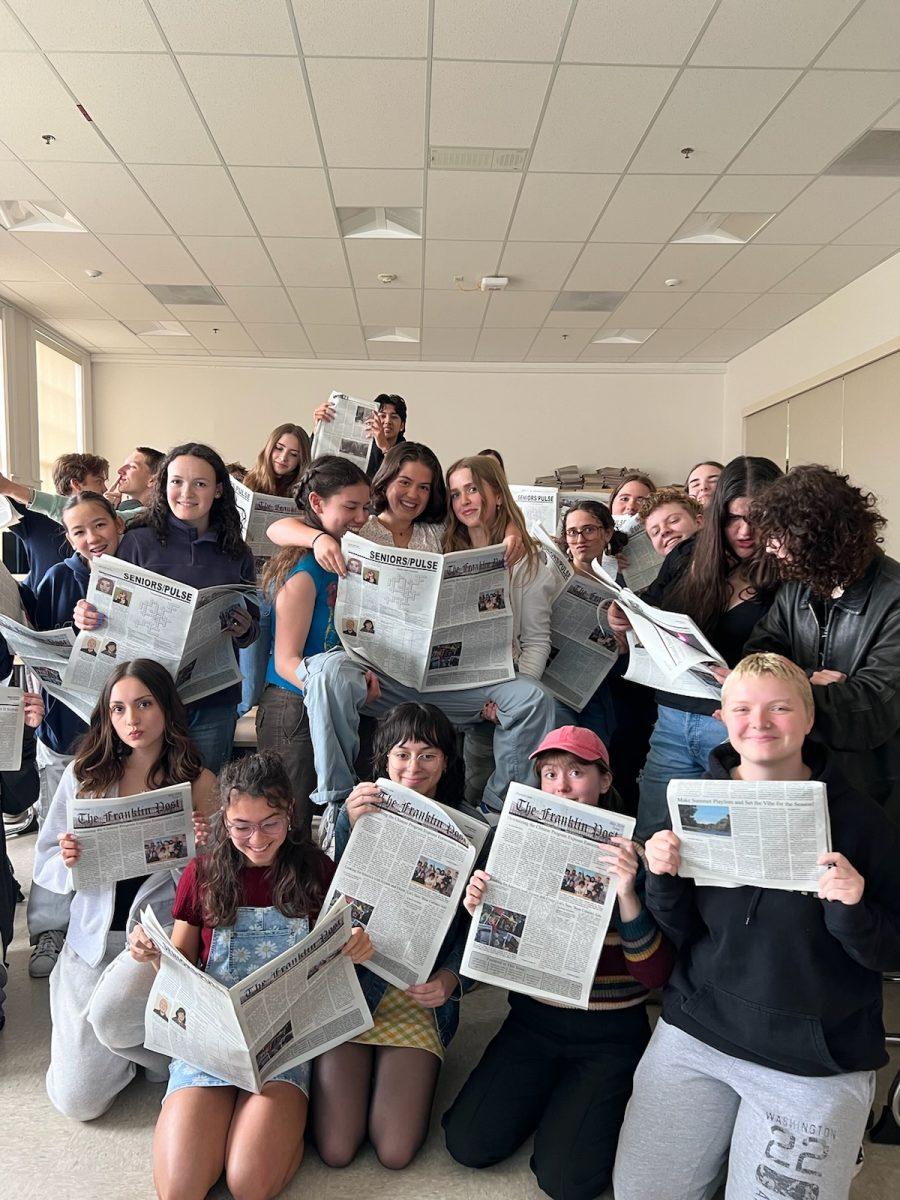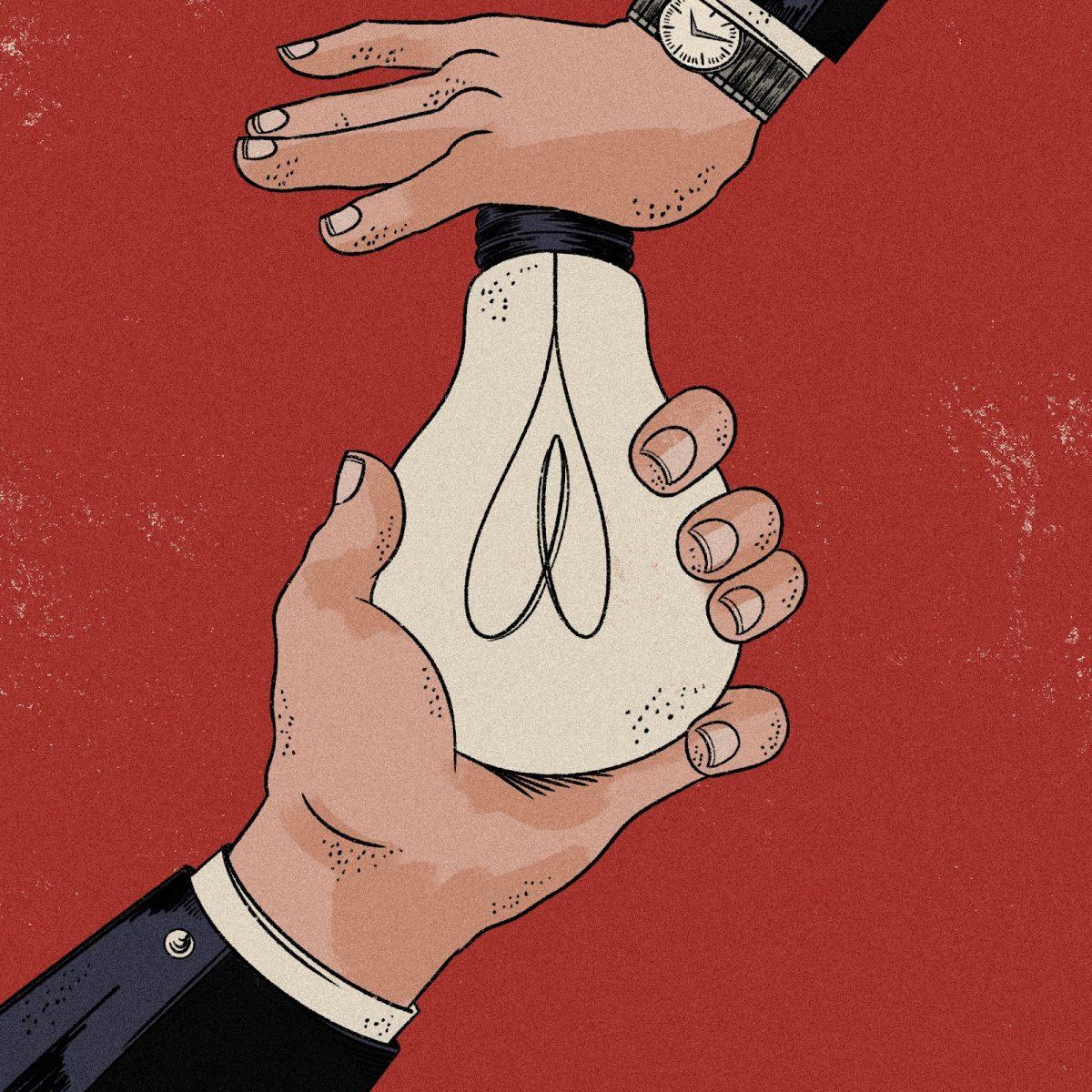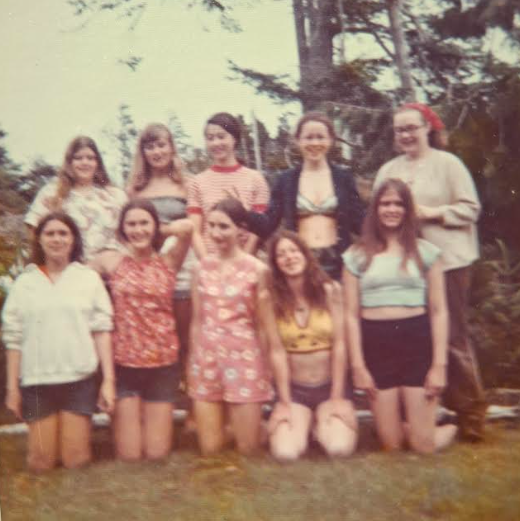It’s the worst inconvenience to glasses-wearers since 3D movies: you’re in class enjoying the privilege of education, wearing your mask, when your lenses suddenly fog up. Frustrated, you adjust and readjust your mask until eventually you have to take your glasses off altogether, leaving you blinded and considering contacts; and of course, subjected to the, “you look so weird without your glasses!” comment.
As a glasses-wearer myself, I know this scenario well. It’s a vicious cycle that, as I’ve come to find out, most don’t have a solution for (besides the constant pinching and readjusting). While surveying students around Franklin about their tips for avoiding foggy lenses, nearly every answer consisted of very specific, procedural methods on how to manipulate your mask just right so as to bend the air itself. “I kind of pinch it under my glasses and angle it to the side,” states Peyton Madderra, a sophomore at Franklin. “So I breathe out of the bottom instead of the top.”
Hundreds of four-eyed students attending Franklin suffer from this minor inconvenience with real negative impacts each day. Not only are foggy lenses obnoxious, they’re also a hindrance to our learning. Try reading a 10 point Arial font from a fuzzy projector with the vision of an elderly mole: It’s not easy! As Franklin student Elizabeth Wickline so honestly portrayed the issue, “It happens a lot, and I wish it wouldn’t!”
Thankfully, there are some helpful solutions out there. After an exhaustive investigation and a few questionable experiments, I’ve compiled a list of affordable products, hacks, and ridiculous old wives’ tales to combat the menace that is condensation.
- Disposable and multi-use anti-fog wipes ($6.99):
I decided to test both reusable and disposable anti-fog eyeglass wipes to check if there were any notable differences, and as far as I could tell, both products produced relatively the same result. The disposable anti-fog wipes I purchased (Zeiss, Target) worked great, with zero fogging throughout the entire day. The reusable wipes (Foster Grant, also Target) yielded similar results, however I did notice a blurriness on my lenses periodically. The disposable wipes come in a pack of 30, whereas you’d get nearly 200 uses out of a reusable anti-fog cloth (both products should be applied to your lenses daily).
- Anti-fog spray ($6.99-$12.55):
Though I wasn’t able to test any anti-spray products, (as they’re weirdly difficult to find in stores) there are multiple brands available online, and most of them run relatively cheap.
- Dish soap & water:
This popular method works surprisingly well and (unless you count the cost of dish soap and your water bill) it’s free! Just pour a small glob of liquid dish soap on your lenses, smear it and wash off the foam. Don’t wipe your glasses dry! Doing this will remove the film on your lenses that prevents condensation. Lightly pat your glasses dry to remove excess water, and you’ll be fog free for the remainder of the day.
While researching solutions for preventing foggy lenses, I came across a few I would highly discourage anyone from trying; the following is a list of tips to avoid:
- Toothpaste:
This hack is pretty popular online, however using toothpaste on your lenses is a really bad (and ultimately expensive) idea. But because I’m a dedicated journalist, I decided to give it a chance. Not on my actual glasses, obviously; I use those. Instead, I chose to sacrifice my $12 Hot Topic glitter non-prescription sunglasses. Similar to the dish soap technique, I squeezed a small drop of toothpaste on each lense, smeared it around, and, feeling like a complete sucker, washed them off. Overall, technically, the hack worked: I experienced very little fogging throughout the day. However, smearing a thick paste with small rough particles mixed in will scratch the heck out of your lenses (lo and behold, my sunglasses look like a dozen miniature kittens used them as a scratching post). On the plus side, they smell very fresh.
- Saliva:
I’m sure everyone has heard of this technique, and, although it might be successful in reducing fog, a) this tip is gross, b) this tip is gross, and c) it somewhat defeats the purpose of wearing a mask in the first place.
When selecting a mask to reduce fogging, look for brands that include an adjustable nose wire and a close fit around your jawline. Always check to make sure the brand you’re purchasing follows CDC guidelines as well; oftentimes masks that claim to prevent foggy lenses include things like small exhalation valves or sheer fabric, which could potentially put you and others at risk. I personally use WWDOLL KN95 five-layer face masks: they’re available online from $29.74-$39.74 in packs of 25, and are very effective at reducing condensation.
You don’t have to adjust and readjust anymore! Hopefully you’ve learned some new tips from this list for preventing annoying foggy lenses, as well as some solutions to avoid. Share them with all of your fellow miserable glasses-wearers, and make sure to mention that Alyson Sutherland destroyed her Hot Topic sunglasses for them because your happiness is worth more than $12 to me. Now run to the nearest Target, and pour some liquid dish soap on your specs like the stunning four-eyed creature you are!

164 million people in the U.S. wear eyeglasses; nearly 100% of them are “sick” of condensation.

